7 Strange Types of Mating
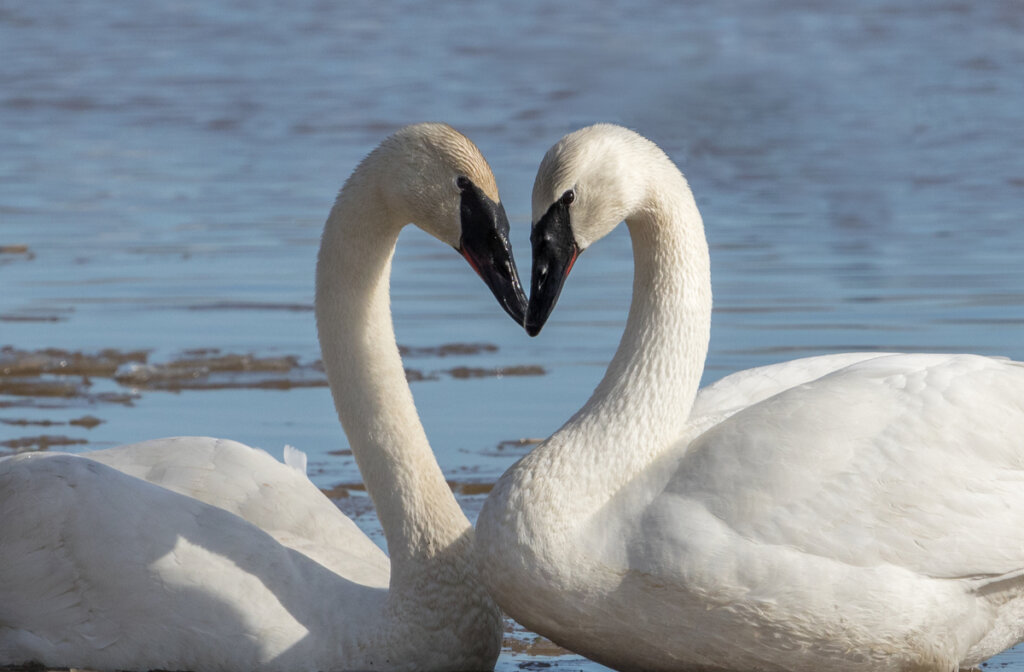
If something is clear in this life, it’s that nature never ceases to amaze us. There are many strange types of mating in the wild, which have to do with environmental constraints and the dynamics of each species in its specific environment.
What do you think these strange mating types are? What species or animal groups are involved in them? Can you think of any examples? Coming up, we’ll be looking at different examples of the most diverse types of reproduction in the animal world.
7 strange types of mating
Before getting into the subject, it is necessary to briefly define what ‘mating’ is. This term refers to the fact of males and females coming together to produce offspring. I think you probably already knew that, but let’s have a look at some really strange types of mating!
1. Sexual parasitism
In the case of some species of deep sea fish, their type of reproduction causes scientists amazement and curiosity. In species such as Melanocetus johnsoni, (the humpback angler fish – a black seadevil, and pretty frightening too!) only females were found during research. However, when they broadened the search, they found that the females had parasites close to their genitals.
After thoroughly studying these ‘parasites’, they came to the conclusion that they were the males of the species! During mating, the male bites into the female’s belly and subsequently merges with her body.
Thus, the female provides nutrients and blood supply to the male, while the male provides sperm permanently. This also occurs with other species within the L ophiiformes taxon.
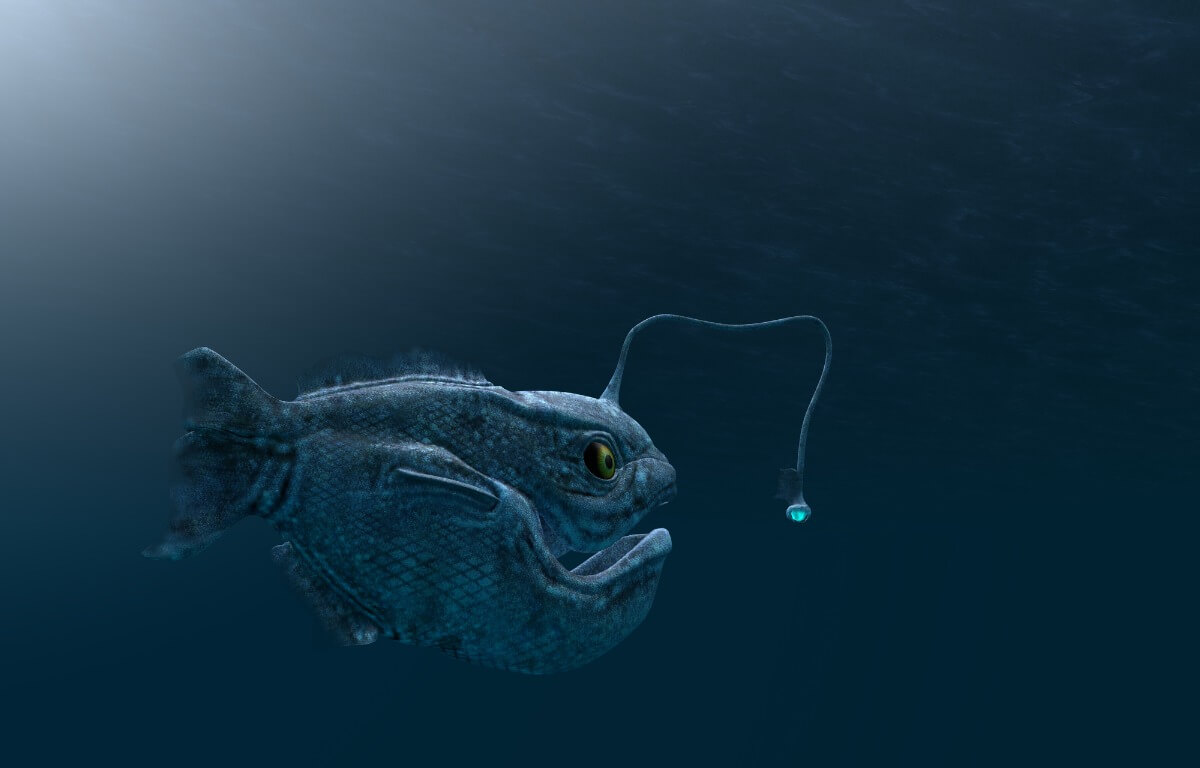
2. The dominant male becomes female
In clownfish, a somewhat curious type of mating has been observed. Within the anemones, live schools of clownfish, but each corresponds to a small group of male fish. The larger male becomes the female and mates with the dominant male.

3. Becoming a father even within the mother
This is the case of the Adactylidium mite, in which the pregnant mother inserts herself into a Thysanopteran egg. Within it, 5-8 females reside with a single male. All the larvae feed on their mother’s body and the male fertilizes the females. After that, they go outside and the male dies after a few hours. What a life!
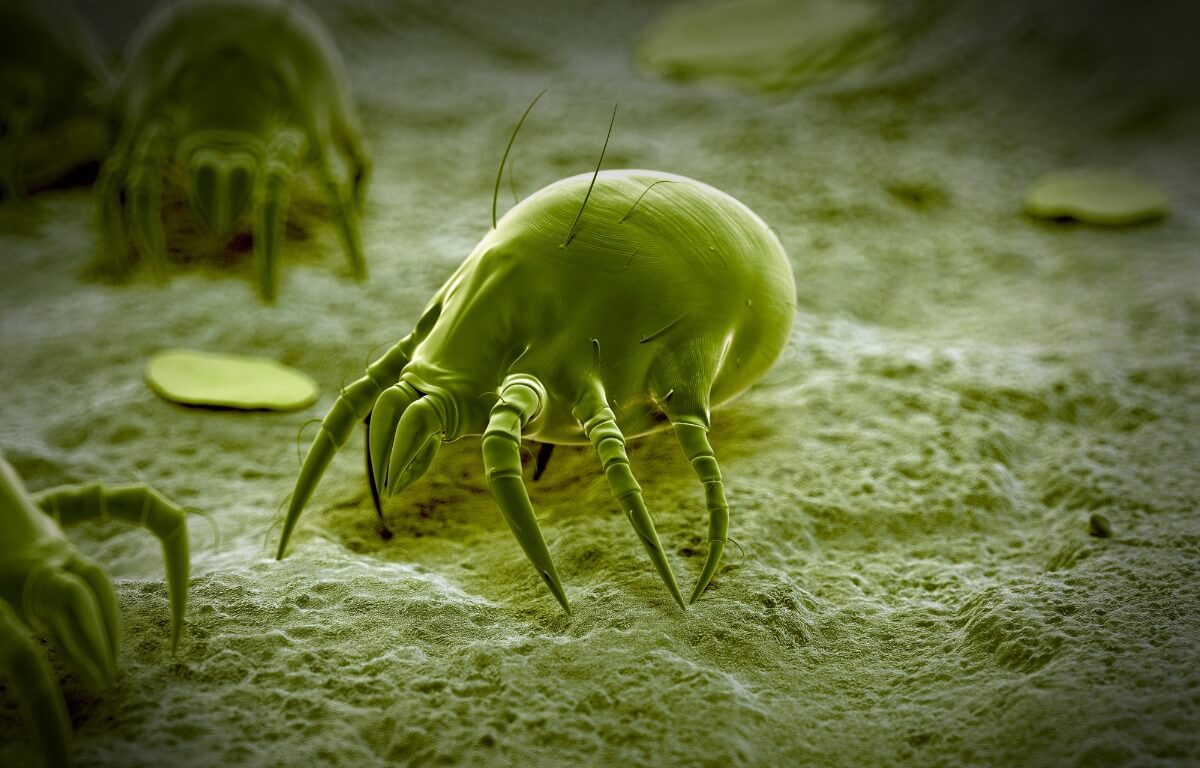
4. The so-called ‘sperm scrapers’
One of the most original techniques to eliminate evolutionary competition is the one used by male dragonflies. When they locate a female that they want to mate with, they approach her, and she has to accept the courtship. However, before fertilization, the male uses his penis to extract the sperm from the previous mating.
Thus, once the competition is eliminated, he proceeds to move the sperm from his testicles to his penis. Finally, they carry out the copulation process and the female keeps the sperm of the second male. After the act – which can last a few seconds or hours depending on the species – the male follows the female, to prevent other males from trying to mate with her.
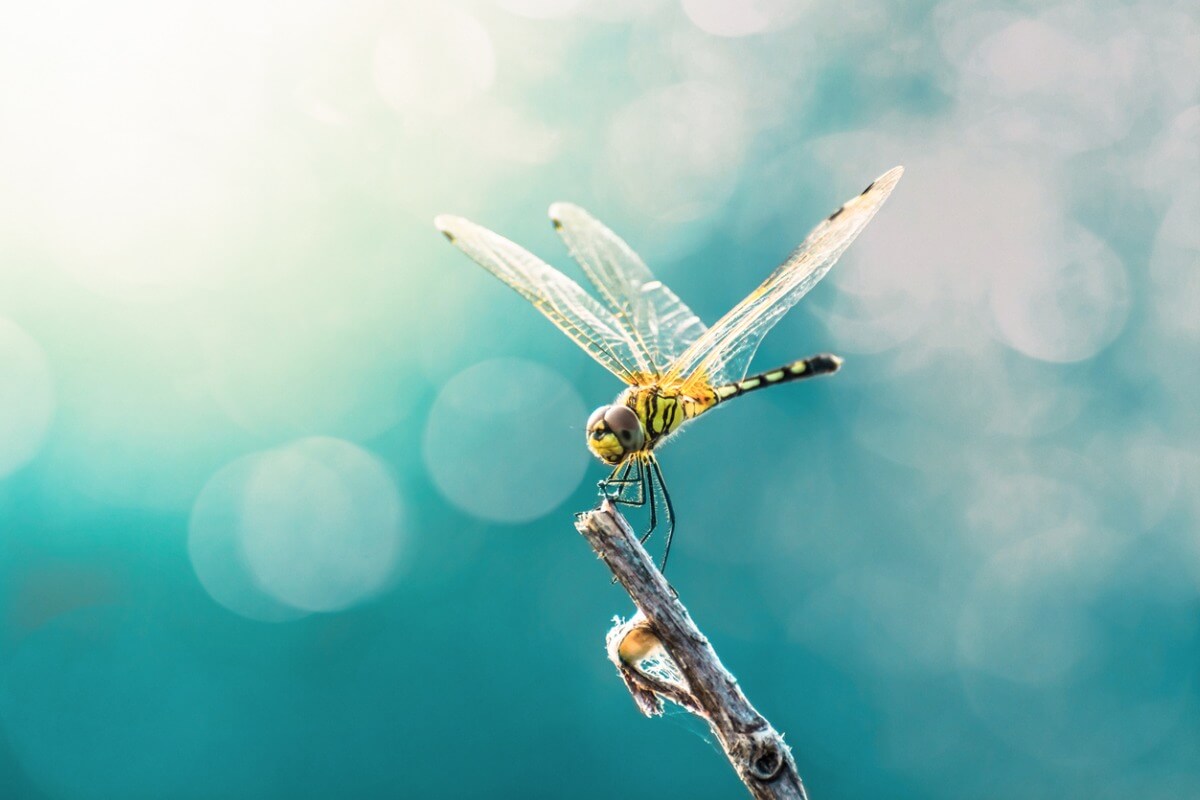
5. Sperm is deposited on the female’s “skin”
Although we’ve already seen some strange types of mating, we couldn’t leave the squid out. At the time of mating, the male squid attaches the spermatophores – bags of sperm – with a tentacle called the hectocotylus to the female.
This tentacle acts like a penis and deposits the spermatophores in the mantle, on top of the female’s head. Subsequently, the sperm is introduced into the skin of the female. Once inside, it’s unknown how the process continues.
However, when the female needs them, the sperm cells fertilize the eggs. It’s estimated that a female can produce thousands of eggs at a time, although a large part are ingested by predators. In this way, there’s never an excess of the squid population.
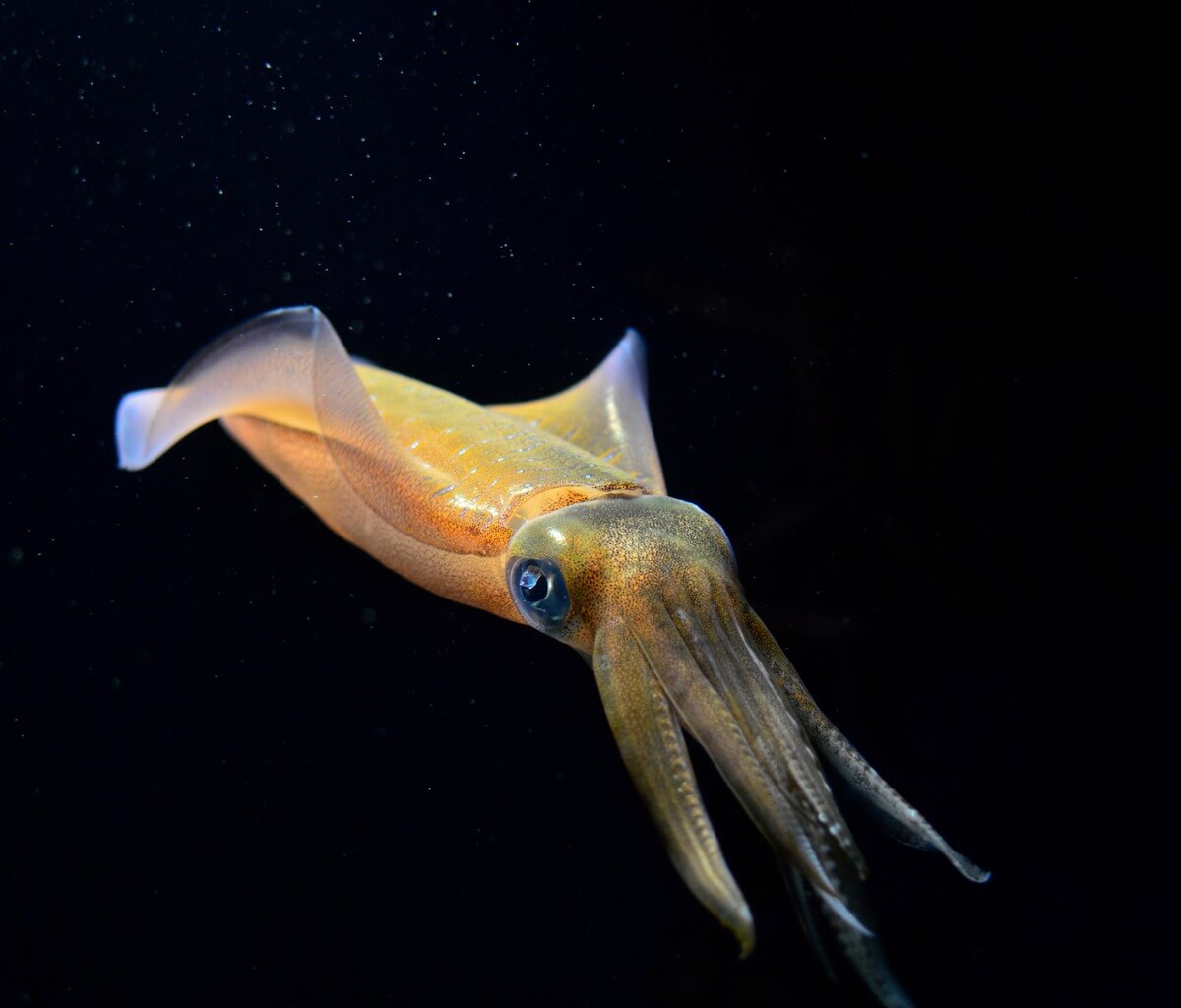
6. Parthenogenesis
In some species of animals, a very curious biological effect occurs. Parthenogenesis is defined as a type of sexual reproduction in which a new specimen is formed without fertilization. In this strategy, females have offspring without mating with males. It has been observed in different animal species, such as the dragonfly Ishnura hastata.
Until now, dragonflies were believed to be the exception to the rule in insects. While, in the rest, parthenogenesis had been confirmed as one of the forms of reproduction, it had never been observed in dragonflies. Recently, a team of Spanish scientists discovered this fascinating ability in odonates, while analyzing specimens in the Azores archipelago.
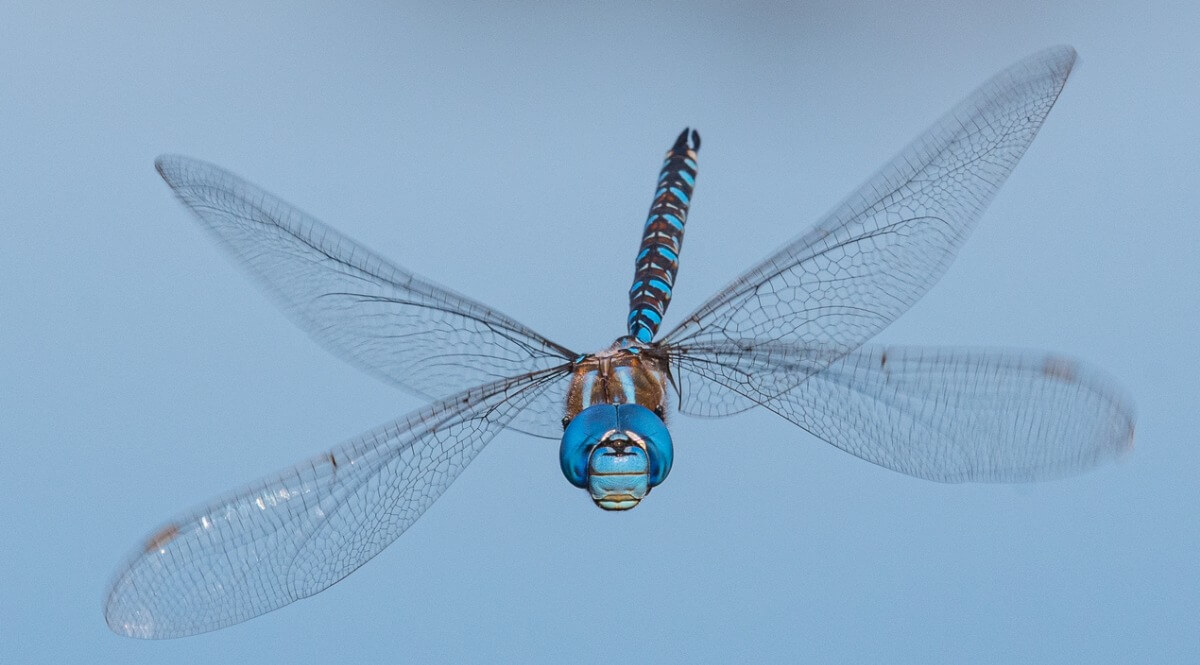
7. Without rocks it doesn’t work!
In Antarctica, female Adelie penguins line their nests with rocks. Therefore, the males look for the strangest rock, with the aim of pleasing the female and mating with her. If she accepts, the rock will become part of their nest and they will mate. However, if the male moves away and another appears with a rock that pleases the female more, the first one will be replaced.
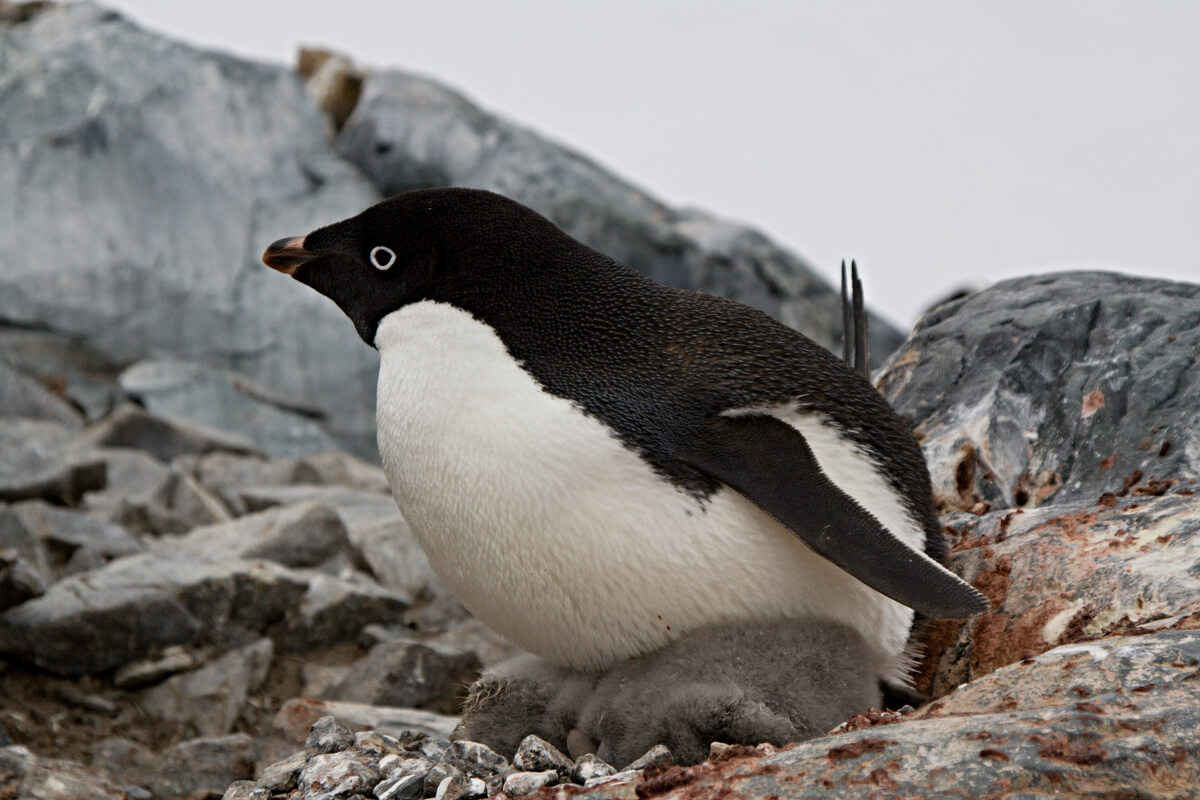
Throughout the article, we’ve talked about different strange types of mating observed in animals. However, we’ve only had enough space to mention a few of them, although you must admit they’re pretty strange! Having said that, we need to bear in mind that, in nature, there are as many strategies as there are live animals.
In short, nature is wonderful and, thanks to research, we can get to know the behavior of many different species of animals and plants. However, we still have a lot to discover. For this reason, it’s essential that we look after and preserve nature.
All cited sources were thoroughly reviewed by our team to ensure their quality, reliability, currency, and validity. The bibliography of this article was considered reliable and of academic or scientific accuracy.
- Feldkamp, L. (2020, 5 julio). Ten Strange, Endearing and Alarming Animal Courtship Rituals. Cool Green Science. https://blog.nature.org/science/2016/02/09/ten-strange-endearing-and-alarming-mating-habits-of-the-animal-world/
- Durand, Francois. (2017). Evolution, reproduction and autopoiesis. HTS Theological Studies, 73(3), 1-8. https://dx.doi.org/10.4102/hts.v73i3.4726 .
- Lorenzo-Carballa, M. O., & Cordero-Rivera, A. (2009). Thelytokous parthenogenesis in the damselfly Ischnura hastata (Odonata, Coenagrionidae): genetic mechanisms and lack of bacterial infection. Heredity, 103(5), 377–384. Recogido a 9 de mayo de 2021 en: https://pubmed.ncbi.nlm.nih.gov/19513091/